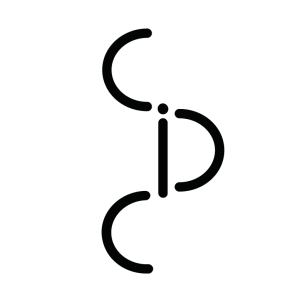Saturday 23 November 2024
Documentary filmmaking after the death of the internet
Curated by Nicolas Gourault
Event in partnership with La SCAM and Le Mois du Doc
Entrance: 10 EUR on the door, at Projection Room (no reservation needed)
Address and timings below
Focus Numérique: Documentary filmmaking after the death of the internet
Originating in 2020 as a conspiracy theory positing that online interactions were mostly made up by bots and for bots, and that the internet was almost devoid of any actual human presence, the “Dead Internet Theory“ gained a renewed attention in the wake of generative AI. So much so that some experts go as far as to predict that by 2026 half of the content posted online will indeed be generated automatically by non-human agents. Most of the images published online will soon be made by algorithms targeting other algorithms.
This focus program, curated by artist and filmmaker Nicolas Gourault, aims at investigating the politics and poetics of computer generated images in regard to documentary filmmaking. It will explore some strategies by which filmmakers contend with this growing sea of digital noise that may soon become the world we live in. The first program will focus on the social dynamics and struggles involved in the production of evidence within a world saturated by social media engagement algorithms and generative content. The second program will expend on the visual imaginary of control and fluidity embedded in computer simulation and present some attempts to hack or break this hegemonic discourse which tries to shape how we may envision the future.
Saturday 23 November | 17:00 & 20:00 at Projection Room (Brussels)
17:00–19:00 | Program 1: Evidence in a post-truth era
Stéphanie Roland* | Podesta Island, 2017, 23′
Martyna Marciniak* | Anatomy of Non-Fact, Chapter 1 : AI Hyperrealism, 2024, 18′
Lého Galibert-Laîné | Forensickness, 2020, 40′
Clemens Von Wedemeyer* | Social Geometry, 2024, 18′
* will be present on 23/11 to talk about their work
20:00-22:00 | Program 2: Counter-hallucinations
Alan Warburton | RGBFAQ, 2020, 28′
Clemens Von Wedemeyer* | Transformation Scenario, 2018, 20′
Emmanuel van der Auwera | White Cloud, 2023, 18′
Liu Guangli* & Chen Zirui | How to Imagine the Unimaginable, 2024, 22′
* will be present on 23/11 to talk about their work
Program 1: Evidence in a post-truth era
Stépanie Roland | Podesta Island, 2017, 23′
According to Google Earth, Podesta Island does exist.
According to Wikipedia, Podesta Island does exist.
So does it exist?
Are there still uncharted regions in our hyper-connected, mapped world?
By comparing documentary sources with the stories and legends inspired by the island, the film Podesta Island paints a portrait of a controversial ghost island. Combining satellite imagery and real footage, this journey to Terra Incognita celebrates imaginary geography.
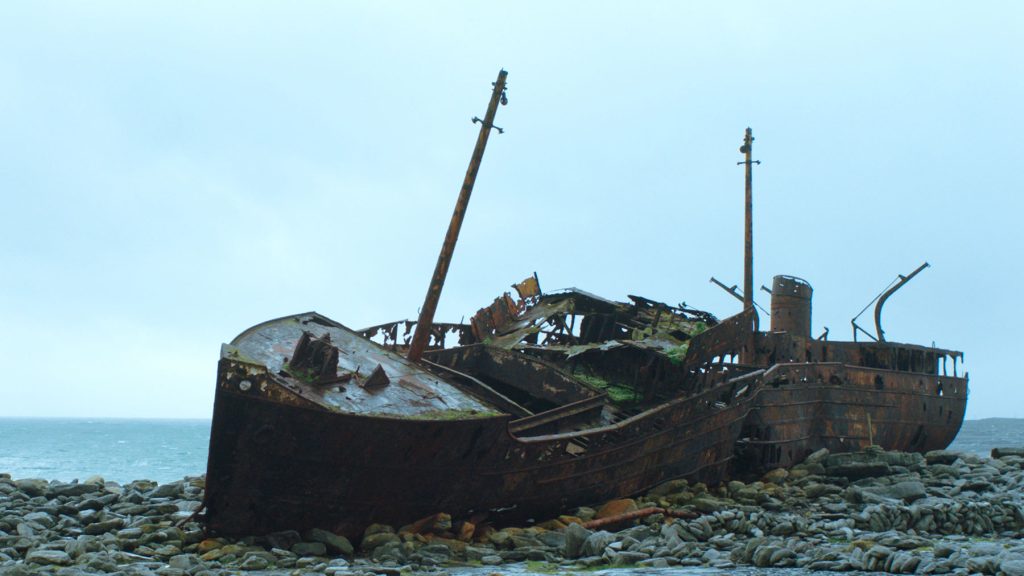
Martyna Marciniak | Anatomy of Non-Fact, Chapter 1: AI Hyperrealism, 2024, 18′
AI Hyperrealism is the first chapter of ‘Anatomy of Non-Fact’, which debuted at the 2024 Ars Electronica Festival. This chapter focuses on the figure of the fake Balenciaga Pope, which captured the attention and imagination of many, during the so-called ‘AI-boom’ of 2023. In the 18 minute video, mechanisms of AI-generation, visual journalistic languages, and digital cloning are augmented and reified.
A monologue reflecting on the nature of fact delivered by the Balenciaga Pope confronts the viewer’s expectation of authorities of truth and photographic image, while bending the established notations of visual evidence.In the context of mounting concern with synthetic image’s potential to provoke mass-misinformation events the work proposes a reconsideration of our visual culture’s relationship to photographic image, while a series of definitions, old and new, are woven throughout the video piece, provoking reframing of existing terminologies related to Ai-generated images, and naming phenomena connected to issues of mis-information.
In the exhibition space, the audience becomes confronted with a materialised version of the Balenciaga Pope’s coat – all the impossibilities, lapses and glitches of the synthetic artefact are physically reconstructed, while references to history of visual truth from baroque to recent blobifications of AI-generated images, are embroidered in the coatʼs lining.
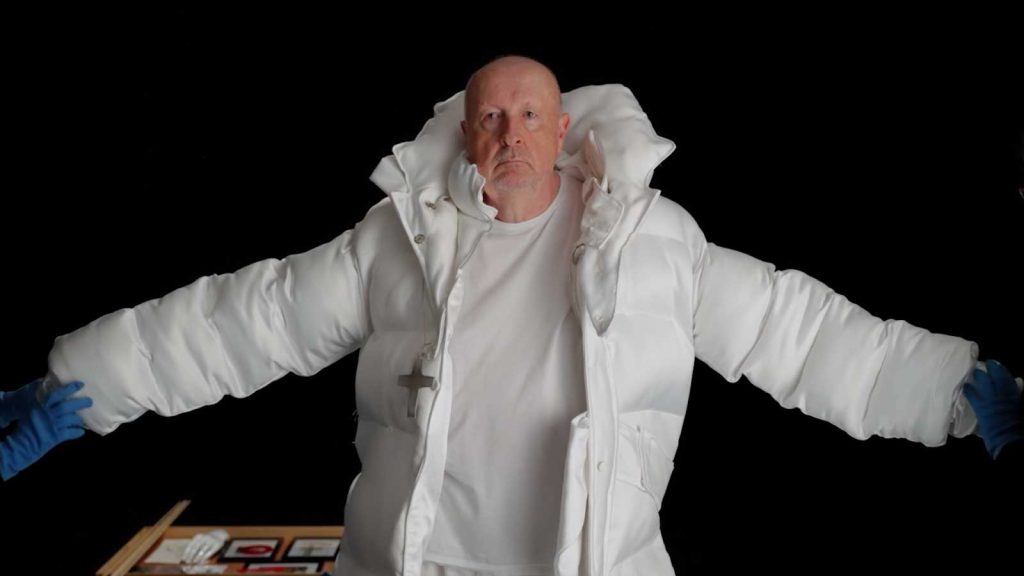
Lého Galibert-Laîné | Forensickness, 2020, 40′
In an attempt to analyse Chris Kennedy’s ‘Watching the Detectives’, a researcher dives into a massive archive of media produced after the Boston attacks. Her online wanderings offer a performative exploration of the history of critical thinking and the ruthless politics of truth production.
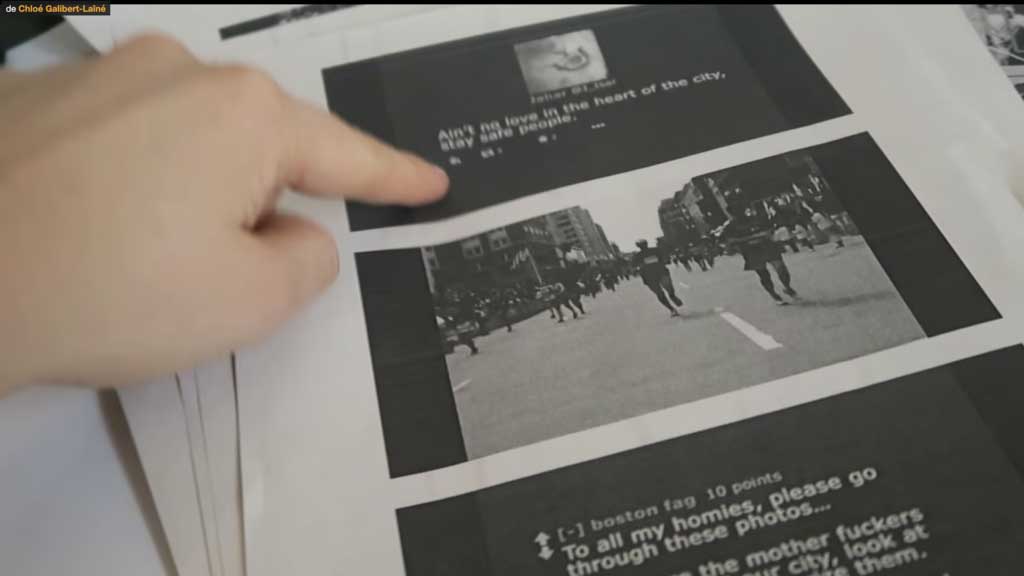
Clemens Von Wedemeyer | Social Geometry, 2024, 18′
White dots appear on a black ground and take on infinitely varied, increasingly complex and increasingly spectacular forms: interrelations between individuals, networked human worlds, social geometries. The British musician Anne Clark s haunting voice announces what we will see in the abstraction: A group of friends. A class system. A revolution erupting. Yet as the constellations grow ever more complex, the limitations of representation by model become evident—machines may be capable of keeping track of what is happening in the social sphere, but humans are not.
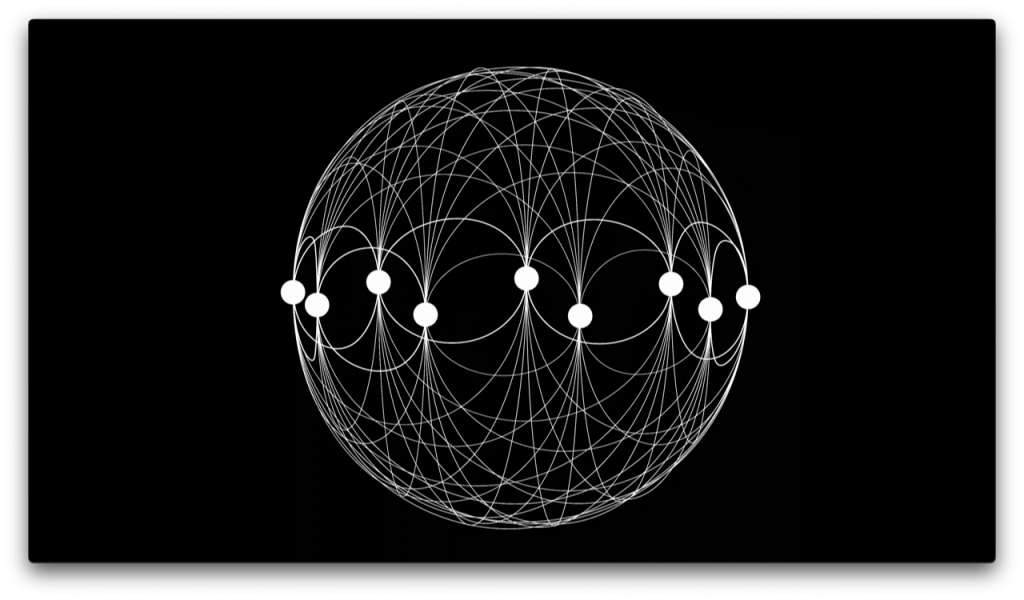
Program 2: Counter-hallucinations
Alan Warburton | RGBFAQ, 2020, 28′
RGBFAQ traces the trajectory of computer graphics from WW2 to Bell Labs in the 1960s, from the visual effects studios of the 1990s to the GPU-assisted algorithms of the latest machine learning models. The story culminates with the emergence of the synthetic dataset: computer- generated images used as ‘ground truth for training computer vision algorithms. Synthetic data is increasingly sought after as a clean alternative to real world data sets, which are often biased, unethically sourced or expensive to create. And while CGI data seems to avoid many of these pitfalls, my argument aims from the outset to consider whether the virtual world is as clean and steady as we think. I try to catalogue the ‘hacks used to construct the foundations of simulated worlds and suggest that the solutions of early computer graphics create a technical debt that might be less than ideal material on which to build the foundations of yet another generation of technology.
RGBFAQ excavates these foundations, bringing forth a battery of forensic evidence that undermines what we might think of as the image, supplying instead the far more unpredictable, colourful concept of the ‘exploded image , a mode of seeing that, as I try to demonstrate, originates in the tricky render economics of the early 2000s but like many new technologies, has unexpected applications in surveillance, entertainment and behavioural science.
The concept of the exploded image (or the alternative ‘hyperimage ) articulates the slipperiness inherent in all discussion of digital aesthetics. The image discussed in RGBFAQ bridges XYZ and RGB, space and colour, data and aesthetics, machine and human, weapon and tool. I try to make it clear that while many might mistake a contemporary image for a plain, traditional photograph, it has long been something far more than that; a decoy, a classically Baudrillardian simulacra.
If RGBFAQ concludes with a sense of the power of digital imaging technologies (and perhaps the feeling of an accident waiting to happen) it is also an attempt to speak of wonder and empowerment: the kaleidoscopic possibilities for interpretation, intervention and synthesis that the exploded image allows.
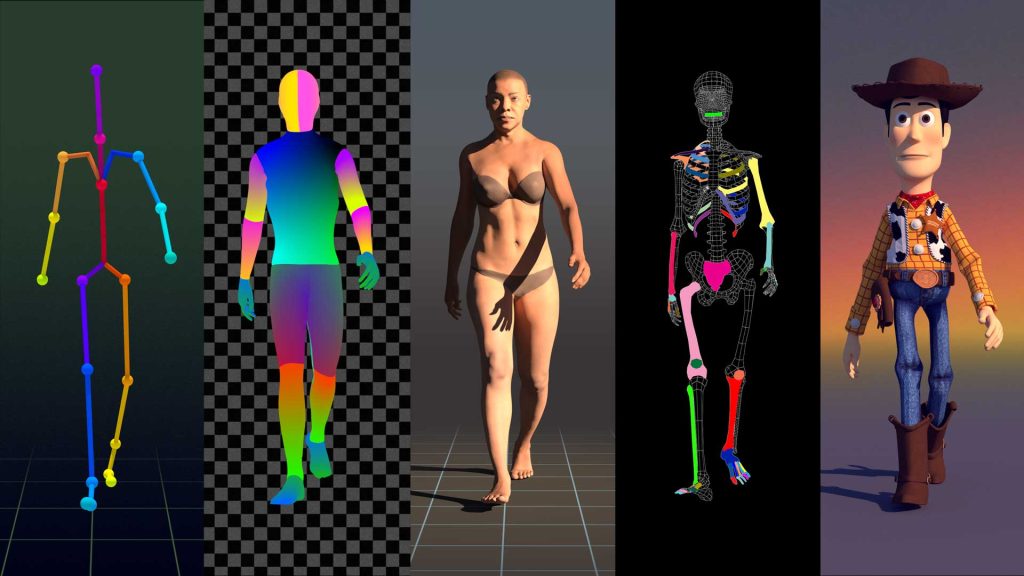
Clemens Von Wedemeyer | Transformation Scenario, 2018, 20′
Simulated life began in the movies and computer games, but is influencing many fields today. In architecture, city planning, traffic navigation, and market and trade predictions, virtual scenarios of human behavior change the way we live. Clemens von Wedemeyer’s new multi-screen video installation Transformation Scenario (2018) creates a speculative narration on the impact of emulated group behaviour in society.

Emmanuel van der Auwera | White Cloud, 2024, 19′
In a remote industrial site in Inner Mongolia, miners extract a strategic resource essential to our way of life under dramatic human and environmental conditions. This is where 80% of rare earth minerals, essential to the manufacture of digital technologies, come from. A miner working on the site shares his thoughts on his life and working conditions. White Cloud is a film developed with generative AI that offers a unique perspective on the Bayan Obo mining district.
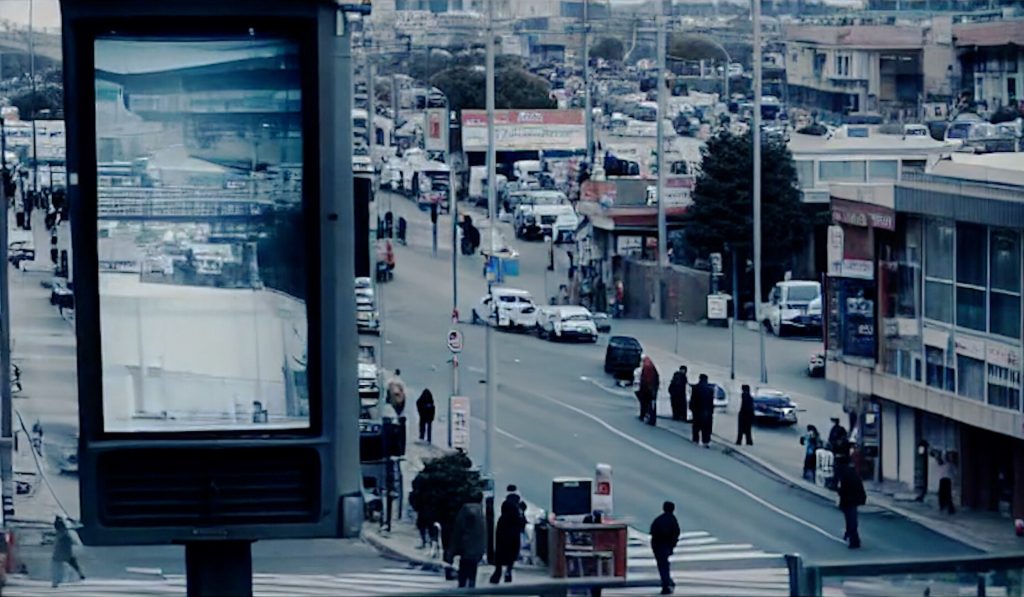
Liu Guangli & Chen Zirui | How to Imagine the Unimaginable, 2024, 22′
“……; now I knew that the more the Dinosaurs disappear, the more they extend their dominion, and over forests far more vast than those that cover the continents: in the labyrinth of the survivors’ thoughts. From the semidarkness of fears and doubts of now ignorant generations, the Dinosaurs continued to extend their necks, to raise their taloned hoofs, and when the last shadow of their image had been erased, their name went on, superimposed on all meanings, perpetuating their presence in relations among living beings.” (The Dinosaurs, Calvino)
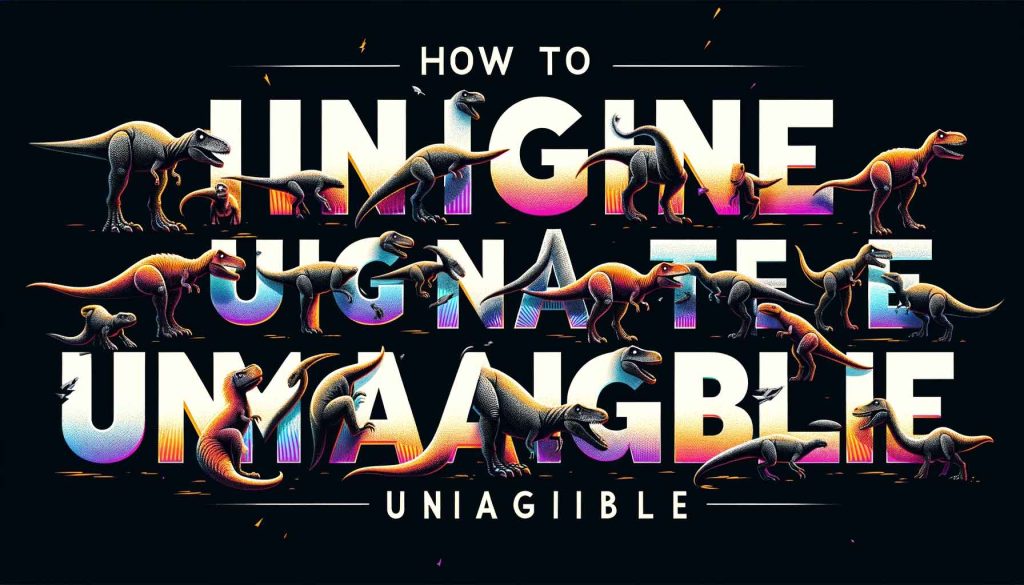
Practical Information & Tickets
Projection Room
Rue de Praetere 55, 1180 Uccle
Screening 1 at 17:00-19:00
Screening 2 at 20:00-22:00
Doors open at 16:30
Tickets: 10 EUR, on the door. No reservation needed.
This event is made possible thanks to the support of La SCAM. More information about La SCAM can be found here. This screening is part of Le Mois du Doc.
